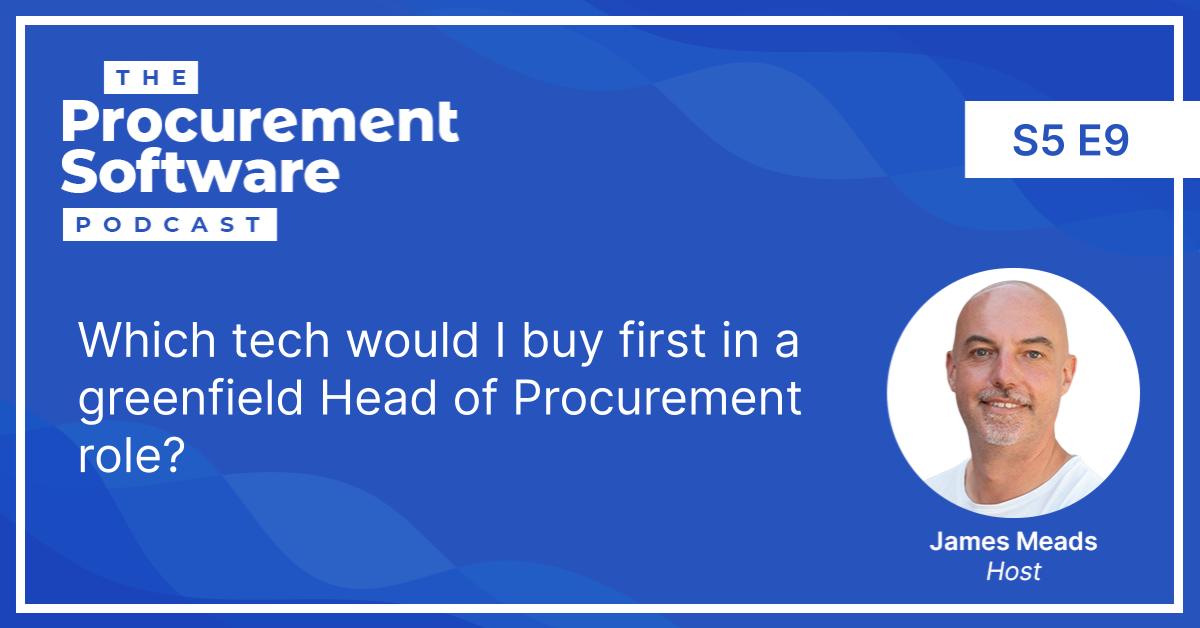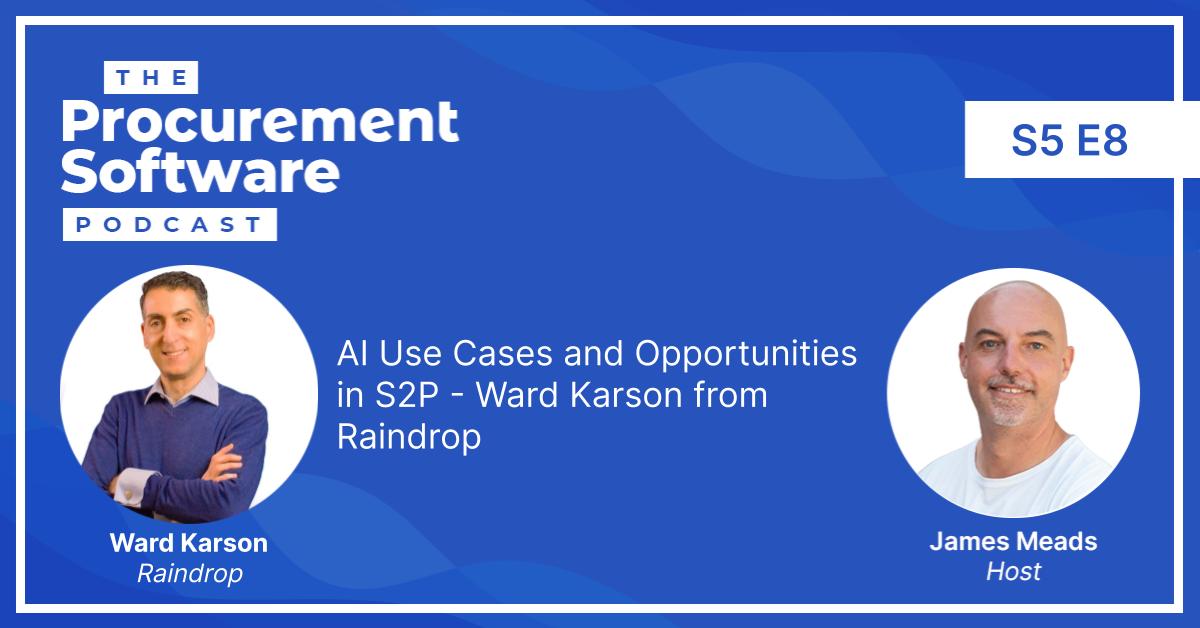Some of the irritations that procurement professionals face in their daily work are very easily avoidable.
With a bit of thought and the right software platform, a lot of busywork and unnecessary admin can be eliminated or simplified. One such example is the vendor intake process.
My guest this week is Nick Verkroost, COO of vendor onboarding and master data management solution OCG Software, about keeping things simple and the hidden value in robust vendor master data.
Eliminating admin hassle and master data as the new gold: Nick Verkroost from OCG Software
Nick explains that OCG was borne out of a previous business that routed office supplies to the lowest cost vendor.
I walk through some of my personal frustrations from the corporate world of how inefficient the vendor onboarding process is, through a mix of poor communication, excessive compliance requirements, vendors not following the process right the way through to internal routing of approval workflows being broken.
Onboarding a supplier should take a day. In reality, many corporate procurement teams tear their hair out with inefficient, Excel-based processes that take weeks to add new vendors into their system.
So, how do we improve this?
“Don’t worry, we’ll find a way around procurement”.
The age-old tale told by stakeholders to their suppliers because of the painful vendor addition process that takes far too long.
Nick describes the desired end state as:
“We need to create a mechanism by which you as a customer and me as a supplier can exchange master data in a very seamless and fluid manner; highly secure, fully auditable but also with a process which we’ve all understood fully aligns with how you want to onboard a supplier into your organisation”.
Each individual piece of tech has the requirement to onboard or input supplier data. Be it ERP systems, e-sourcing tools, P2P software or risk management solutions.
None of them are harmonised. Each of them requires different attributes of vendor data to enable them to function. But none require a uniform, comprehensive set of criteria which fulfil an organisation’s compliance and vendor due diligence checks, as well as the data required in order to pay invoices and transact with the supplier day-to-day.
Does OCG target SMEs with no vendor management tools, or act as an aggregator enterprises with a complex tech stack?
Nick explains that they started their journey as a partnership with two Fortune 500 companies who had big, digital procurement suites which weren’t solving this issue effectively.
However, where they’ve seen the most success in terms of evolving customer acquisition trends and where they’re focusing most of their marketing efforts nowadays is with SMEs and the mid-market. This market segment generally is more dependent on Excel-based data and sees the bigger payback in relative terms.
Being able to give these types of businesses the ability to see a more holistic view in one single source of truth when it comes to due diligence documents on risk and CSR, on top of just pricing and contractual terms, has a huge invisible value vs. this data being stuck in silos.
What issues arise if vendor master data or onboarding due diligence is inaccurate or incomplete?
Bad data can result in a lot of poor decisions or outcomes further downstream. The simple truth is that the quality of master data is terrible in most organisations.
The pandemic, and the ensuing crisis management, laid bare the gaps that exist in a lot of vendor master data. Something as simple as missing email addresses and incorrect phone numbers meant that it was impossible to contact suppliers quickly and en masse to manage an emergency situation.
Poor master data can also lead to:
- Inaccurate spend analysis due to duplicates
- Payment to the wrong bank account
- Risk of corporate scandals if the right due diligence is not followed during the vendor onboarding process
- Production stoppages due to suppliers not being paid on time or not receiving POs through the correct channels
Dealing with duplication
We all have a role in fixing duplication. Technology cannot fix it automatically.
Technology can automatically flag where there is duplication, but it requires a human to make the decision and fix the problem. This is best done through people and processes within an organisation, who ultimately have to go about cleaning up the data.
What is the end user trying to do? Analyse spend? Or to understand the obligations of each legal entity of a specific vendor? This will drive how systems handle certain aspects of duplication.
How can you manage variations in onboarding requirements, based on level of supplier risk?
Getting to the right balance between doing the right due diligence where it’s necessary versus following common sense where it’s not is one of the key features of being successful in leveraging technology in tandem with the learned knowledge of the humans who program it.
The way that the system is configured by a customer, based on their individual requirements, is key. The groundwork during the setup enables it to define the right onboarding pathway for that vendor to be routed through. This ensures that the appropriate risk and due diligence procedure is followed, but without every supplier being subjected to overkill during the intake process.
Ensuring the system maintains relevance
The information exchange between buyer and supplier has to be a two-way relationship. It can’t just be a process that feels like the “compliance police”.
At the same time, it’s the duty of the buyers and AP to ensure that suppliers actually update their data via the vendor platform rather than sending emails to specific personnel within an organisation. Without this, it risks becoming just another under utilised piece of software.
By empowering the supplier to be proactive and update their vendor information i.e. they get paid faster and more easily.
Enabling the supplier to also upload other information e.g. marketing information, innovation ideas, can also be an intuitive way to develop the supplier / customer relationship through the platform and ensure that there is a carrot for the vendor to maintain an active presence on the portal.
Stay in touch!
- OCG Software website
- Connect with Nick on LinkedIn
- Monthly Procurement Round Table
- Sign up for the Procuretech Podcast Newsletter
- Book an Intro Call and let’s talk all things Digital Procurement!
- Connect with James on LinkedIn
- Follow The Procuretech Podcast LinkedIn Page


